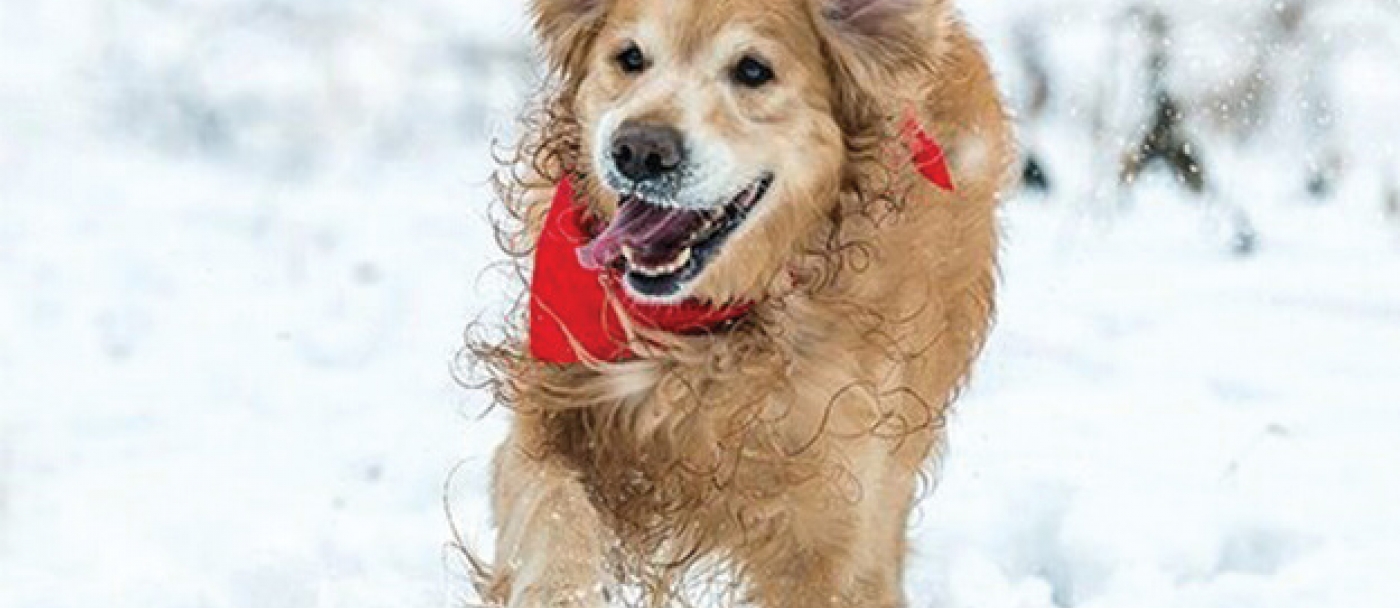How ice melters affect your pets and home

Pets
Ice melters are relatively safe to pets, but a few precautions should be taken to protect pets, floors and carpets. Animals like salts, and it is a good idea to prevent pets from licking ice melter granules. Keep them indoors while the ice melter is applied. To prevent pets from tracking residue on floors and carpets, keep a rag or towel near the door and wipe ice melter residue from their paws.
The environment
If used improperly, “salts” from chloride based ice melters can have adverse environmental effects such as damage to plants, buildup in the soil and threat to aquatic life from excessive runoff. Be sure to apply ice melters according to manufacturers’ instructions and avoid excessive application where melting snow can run into streams, rivers and lakes.
Vegetation
All ice melters that contain chlorides release salts as they form brine solutions. Plants vary in sensitivity to these salts, and damage can result from either direct or indirect contact with the ice melter.
Direct Contact damage usually results from shoveling snow containing ice melter onto vegetation, or from inadequate drainage of the brine solution. Excessive concentrations can kill plants. An ice melter with an environmentally inert marker can make it easier to prevent overapplication on both concrete and surrounding vegetation.
Indirect Damage can result from a build-up of ice melter ingredients in the soil. They can prevent plants from absorbing water or required nutrients. Injury to lawns, trees, shrubs and other plants is usually not evident until spring. Avoiding expensive damage to vegetation can be accomplished through several preventive measures:
- Use an ice melter with a balanced formulation and a high level of safety to plants.
- Apply at labeled rates – An ice melter with an environmentally inert marker can make it easier to prevent over-application
- Disperse snow or slush over a wide area if possible
- Ask a nursery to recommend plants that are tolerant to ice melters
- Apply ice melter in advance of precipitation, to prevent surface bonding. This will reduce the amount of ice melter needed and make ice removal easier.
Irrigate plantings very early in the spring to leach out ice melter residues. Beware of manufacturers who claim complete safety to plants. Any ice melter ingredient can kill plants if applied in sufficient quantities.





